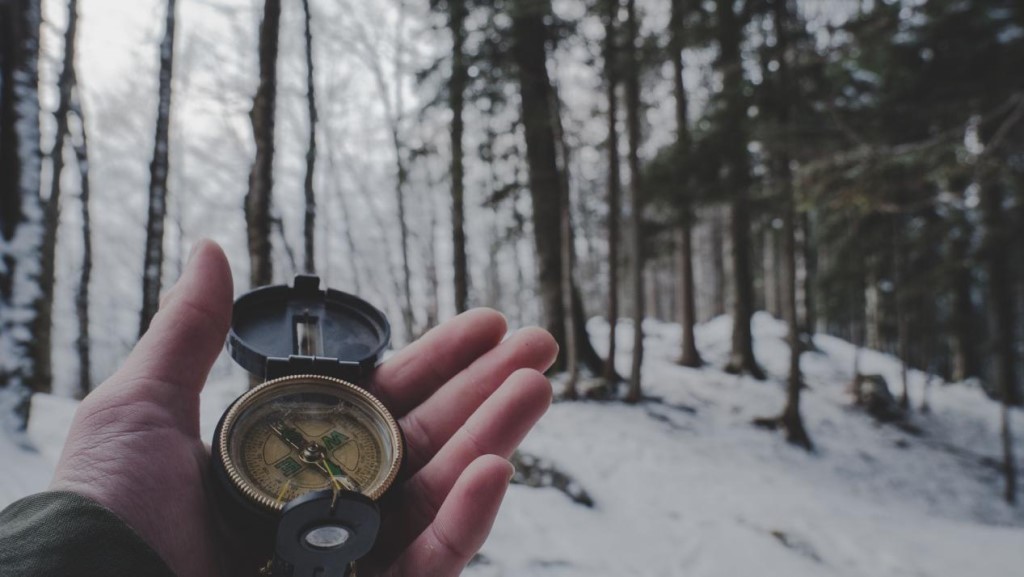Mother Nature will quickly bring you down if you stay out in the cold for too long. Here’s what to watch out for when outdoors in the winter.
Sometimes you cannot help but be out in the cold in the winter whether it is going to work or just chores you must do.
Or maybe you are wanting to take a hike or go backpacking. Either way you must keep an eye out of hypothermia, frostbite, and hypoglycemia.
But if you can survive these 3 things then you can survive the cold.
Conditions Watch Out For
1. Hypothermia – Hypothermia is a potentially dangerous drop in body temperature, usually caused by prolonged exposure to cold temperatures.
Normal body temperature averages 98.6 degrees. With hypothermia, core temperature drops below 95 degrees. In severe hypothermia, core body temperature can drop to 82 degrees or lower.
When your body temperature drops, your heart, nervous system and other organs can’t work normally. If you leave it untreated and don’t get your core body temperature back up, then vital organs could start shutting down such as your heart, brain and lung, the organs that keep you alive.
Some symptoms include:
- Shivering
- Slurred speech or mumbling
- Slow, shallow breathing
- Weak pulse
- Clumsiness or lack of coordination
- Drowsiness or very low energy
- Confusion or memory loss
- Loss of consciousness
- Bright red, cold skin (in infants)
Most of time, people don’t realize that they are even going into hypothermia because it gradually worsens.
If you suspect you or someone you are with has hypothermia, call 911. Remove any wet clothing and replace with dry clothing. And try to keep yourself (or the person with you) as warm as possible.
2. Frostbite – Frostbite is an injury caused by freezing of the skin and underlying tissues. When a body part is frostbitten, it indicates that the skin and the tissues directly beneath the affected area have been frozen.
Frost-nip is the first stage. It usually does not cause permanent damage, but if it gets beyond this stage, it could cause permanent damage.
Some Symptoms include:
- Redness or pain on the affected area
- Discoloration, such as graying or yellowing of the skin
- Numbness or inability to feel anything at the affected site
- Skin that feels waxy or strangely firm
If you suspect someone you know has frostbite, get medical help. Then elevate the affected body part to prevent swelling. Keep yourself (or the person affected) as warm as possible and replace any wet clothing with dry ones. Do not try to walk on frostbitten toes and feet.
3. Hypoglycemia – Most people do not realize that cold temperatures can cause your blood glucose to rise. Some diabetics require more insulin in the winter and less in the summer. No one really knows the reason for this but some think it may have to do with the increased dilation of peripheral blood vessels during warm weather and results in an increased delivery of glucose and insulin to peripheral tissues.
Some Early Symptoms include:
- Heart palpitations
- Fatigue
- Pale skin
- Shakiness
- Anxiety
- Sweating
- Hunger
- Irritability
- Tingling sensation around the mouth
Worsening symptoms include:
- Confusion, abnormal behavior or both, such as inability to complete routine tasks
- Visual disturbances, such as blurred vision
- Seizures
- Loss of consciousness
Prevention
When you must be outside, dress in layers of warm clothing. Wear gloves, a beanie hat, and a scarf. Try to limit your time outside if possible and go inside for a while to warm up and then go back outside once you are warm.
Final Thoughts
If you are going hiking or must be on the road, always have emergency supplies with you. Double check (if not triple check) that you have emergency blankets, a way to start a fire, hand warmers and some hard candies as these are the main items you will need with you to prevent all 3 of these from happening.






